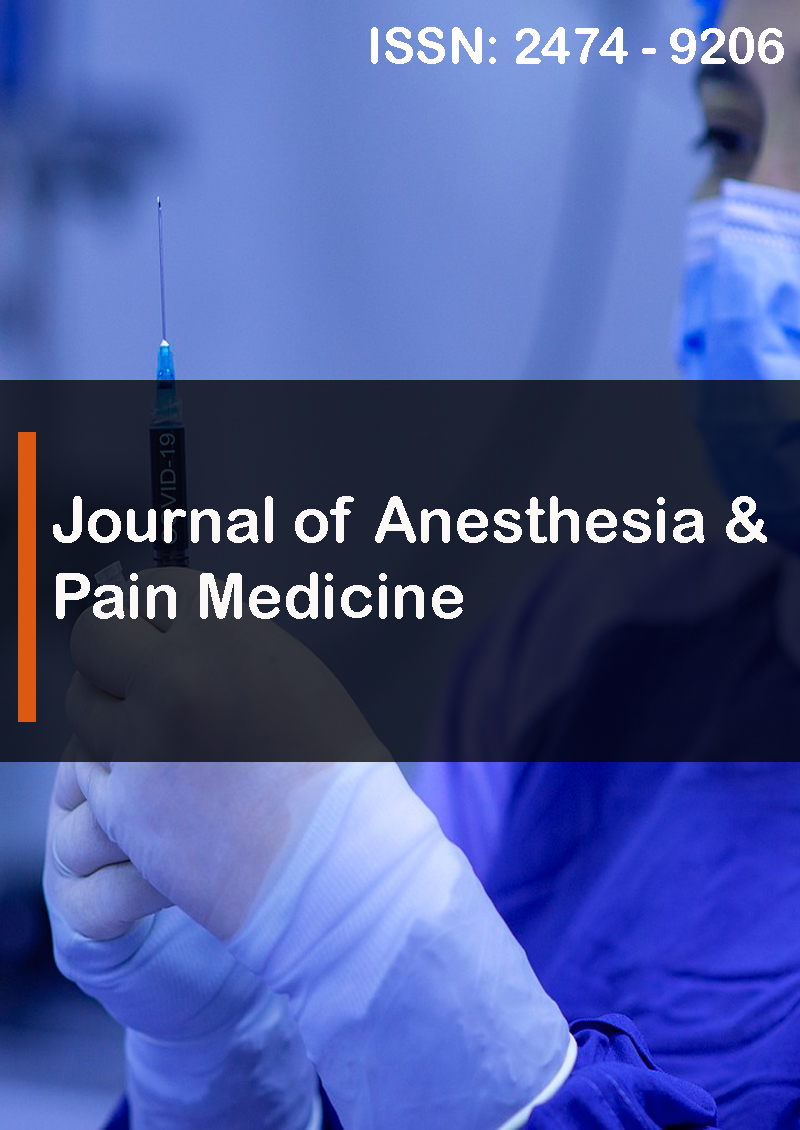Comparative Study Between the Efficacy of Oral Verapamil and Oral Diltiazim on Reduction of Intraoperative Bleeding During Endoscopic Sinus Surgery Under General Anesthesia: A Randomized Controlled Trial
Abstract
Ahmed Talaat Ahmed Ali, Peter Maher Zaki Habeeb, Ahmed Mohamed Ahmed El sonbaty, Nagwa Mostafa Ibrahim, Alaa Soliman Abd-Elkader
Background: Intra-operative bleeding presents a larger obstacle to endoscopic visualization. When profuse bleeding occurs, the blood pressure drops. This drop leads to a reduction or cessation of the bleeding, blood pressure stabilization, and recovery
Objectives: Was to study the effect of addition of verapamil and diltiazim to general anesthesia aimed reduction in heart rate and blood loss during endoscopic sinus surgery, to study surgeon's assessment of the surgical field and hemodynamic and to study effect of addition of verapamil and diltiazim to general anesthesia on serum cortisol and norepinephrine during endoscopic sinus surgery.
Patients and Methods: Quasi experimental research study conducted at Assiut University Hospital. A convenience sample of 135 male and female adult patients were classified into three equal groups included control group (45 patients) received placebo per oral (PO) 3 hours preoperative; diltiazim group (45 patients) received diltiazim 90mg (PO) 3 hours preoperative; and verapamil group (45 patients) received 80 mg PO 3 hours preoperative. The Primary outcome was to study the effect of addition of oral verapamil or diltiazim to general anesthesia on the Intraoperative hemodynamics: heart rate (HR), noninvasive blood pressure(NIBP), mean arterial blood pressure(MAP), and the blood loss during endoscopic sinus surgery and the Secondary outcome was To study the effect of addition of oral verapamil or Diltiazim to general anesthesia on the serum cortisol and norepinephrine during endoscopic sinus surgery and to study the surgeon assessment of surgical field.
Results: There was statistically significant difference between the three studied groups regarding the blood loss. The mean blood loss was 170.9± 19.0, 118.6± 17.3, and 100.5± 15.8 mL among the three studied groups. By post-hoc test there was statistically significant difference between group 1 and 2 (p<0.001), group 2 and 3 (p< 0.001) and group 1 and 3 (p<0.001). There were 11% in grade 1 among group 3. There was statistically significant difference between the three studied groups regarding the bleeding scale. There was statistically significant difference between the three studied groups regarding HR at different points of time intraoperative (5, 15, 30, 45, 60, 90, 120, 150 minutes). By post-hoc test there was statistically significant difference between group 1 and 2 (p<0.001), group 2 and 3 (p< 0.001) and group 1 and 3 (p<0.001). There was a statistically significant difference in the mean systolic blood pressure among the three studied groups at different points oftime intraoperative (5, 15, 30, 45, 60, 90, 120, 150 minutes). By post-hoc test there was statistically significant difference between group 1 and 2 (p <0.001), group 2 and 3 (p < 0.001) and group 1 and 3 (p<0.001), and there was a statistically significant difference in the mean diastolic blood pressure among the three studied groups at different points of time intraoperative (5, 15, 30, 45, 60, 90, 120, 150 minutes). By post-hoc test there was statistically significant difference between group 1 and 2 (p <0.001), group 2 and 3 (p < 0.001) and group 1 and 3 (p <0.001).
Conclusion: Both diltiazim and verapamil are effective and safe drugs for this purpose. The results revealed that better heart rate control in lesser time was achieved with verapamil. Thus, verapamil may be a better drug in cases where the goal is to achieve stricter rate control in less time. The results of this study support the use of verapamil for reduction of intraoperative bleeding than diltiazim when treatment with a calcium channel blocker is warranted. However, verapamil was better as it provided optimum surgical condition with only mild reduction in blood pressure. Reduced intra operative bleeding and less tachycardia throughout the surgery were added advantages



